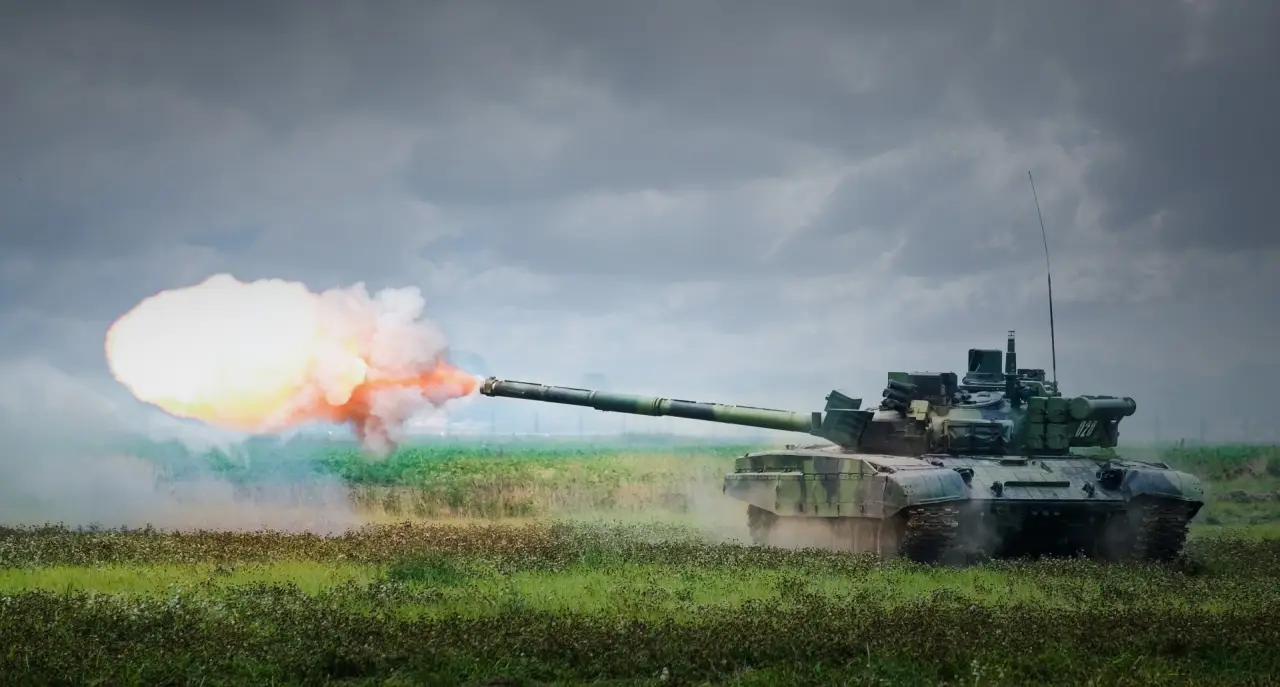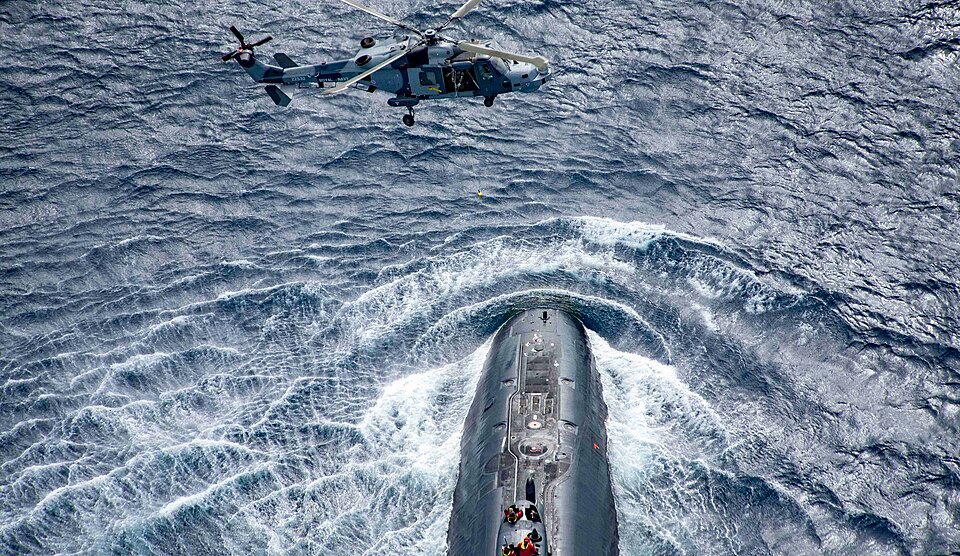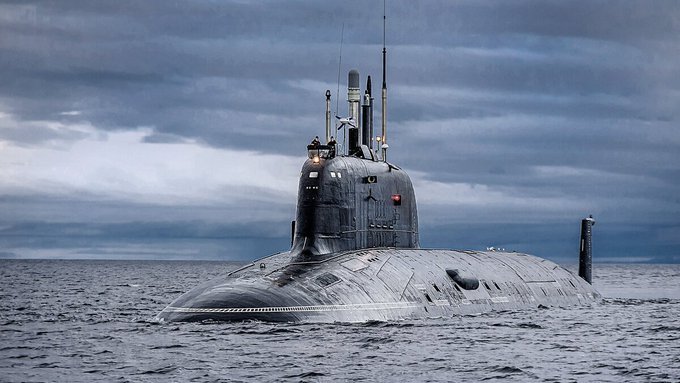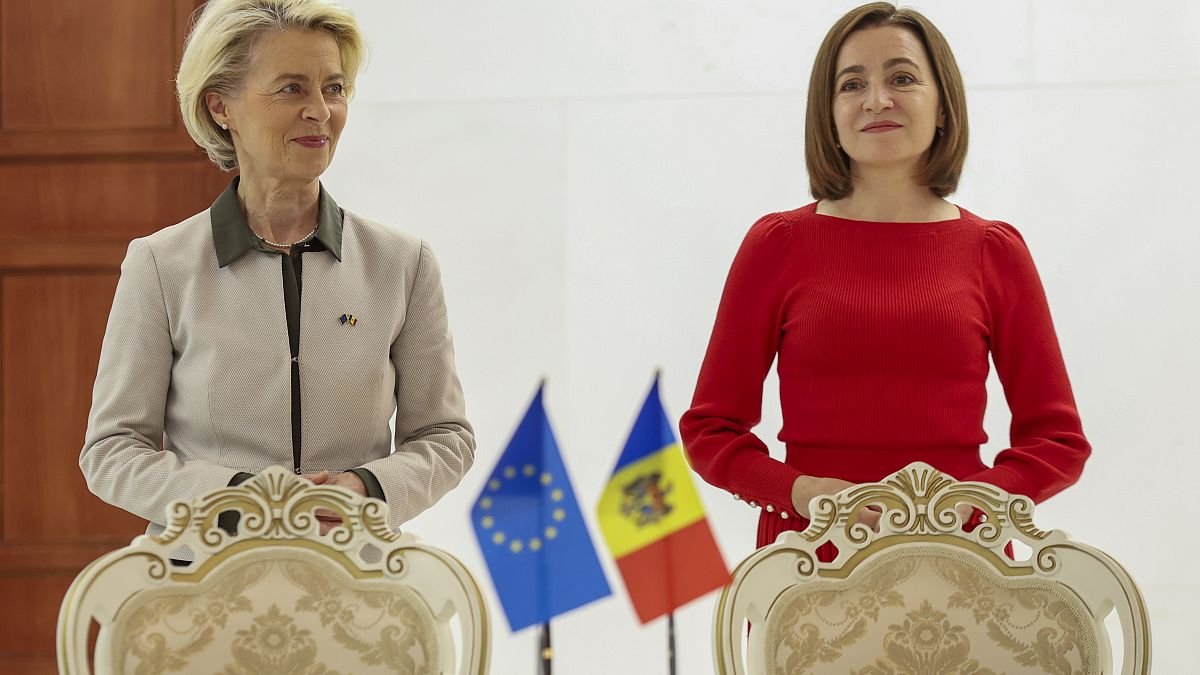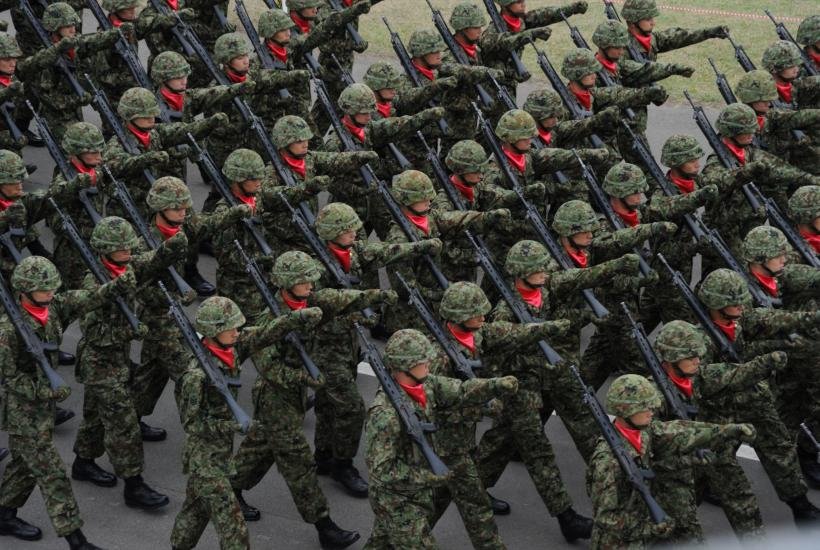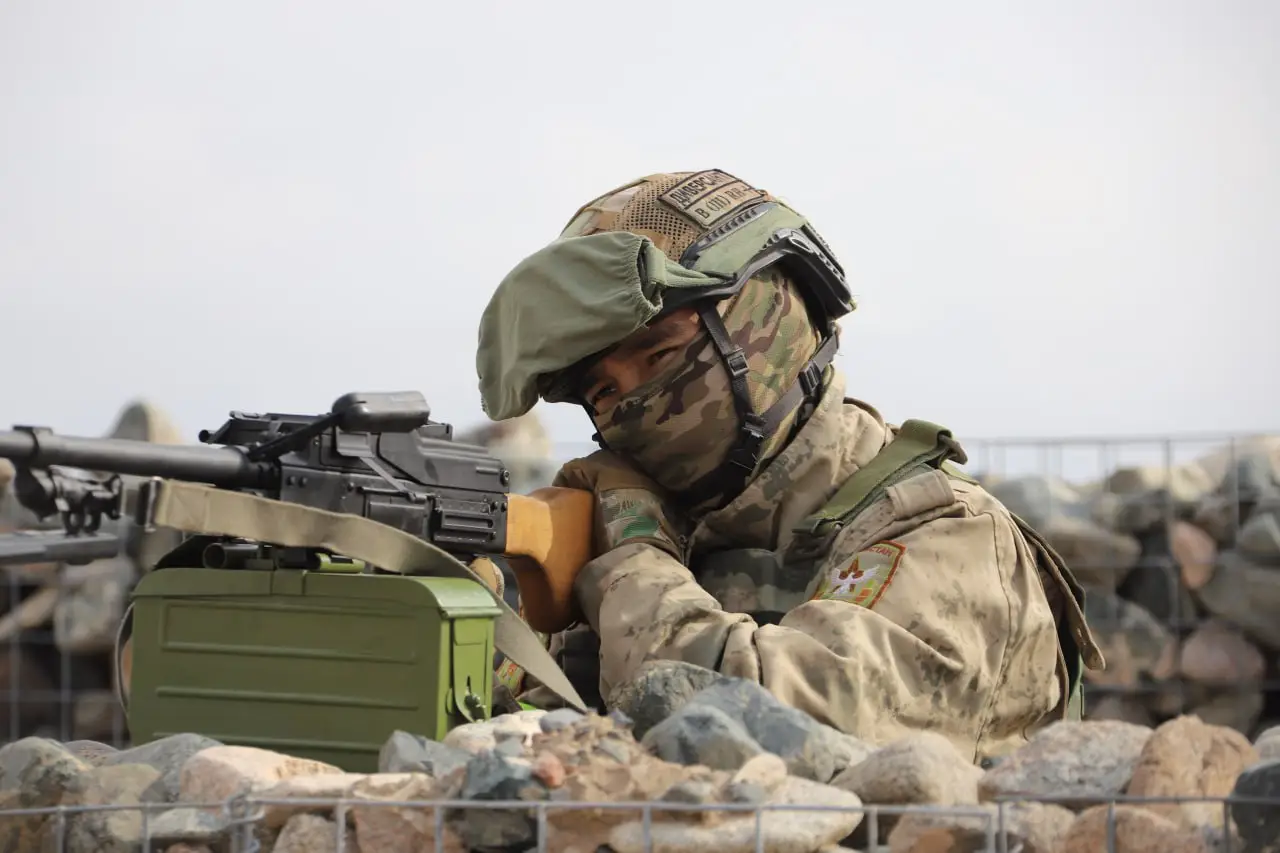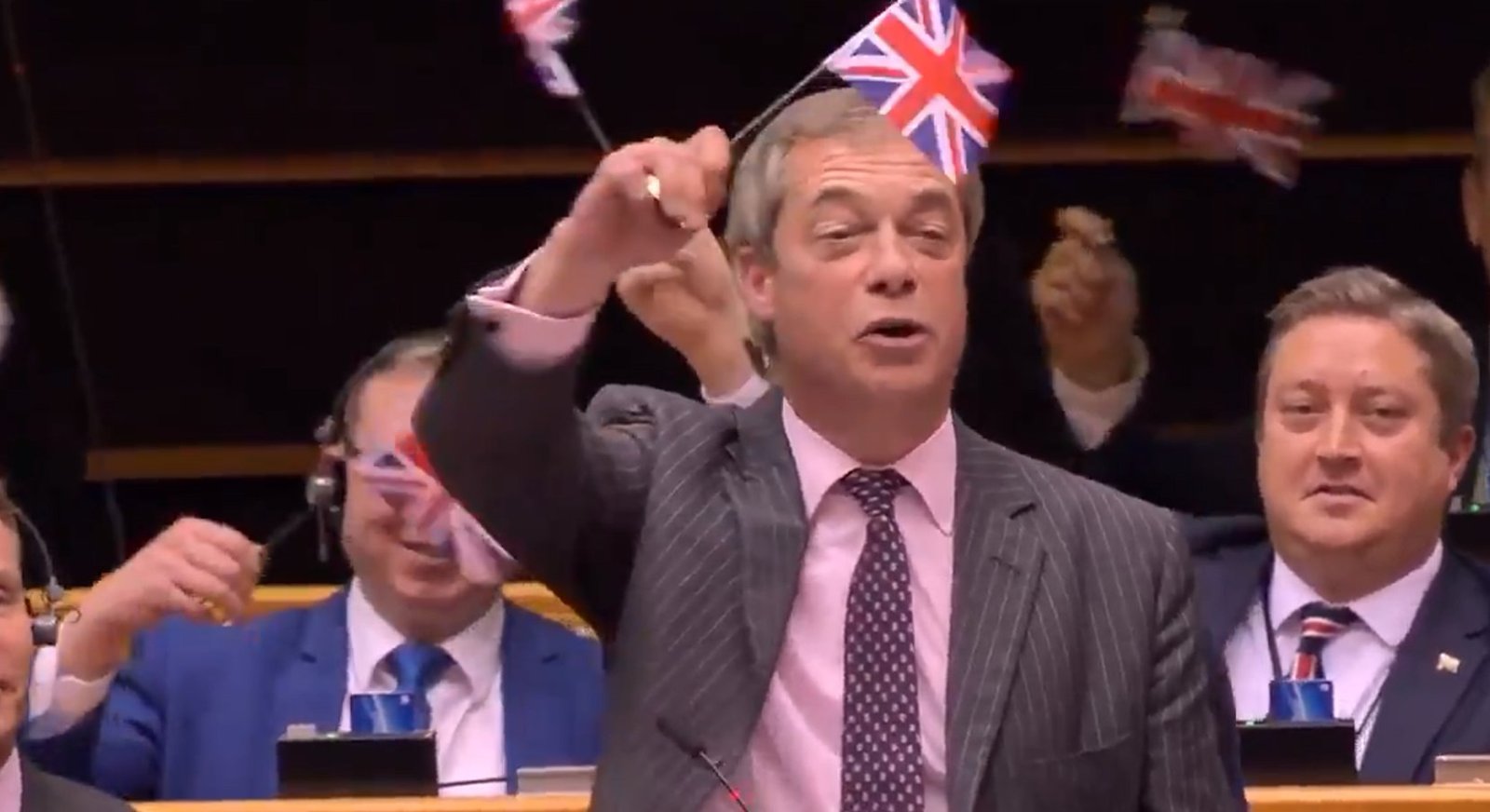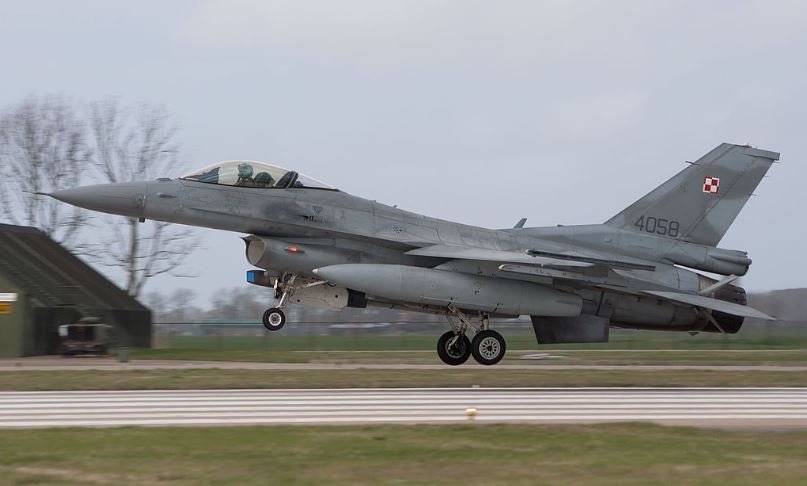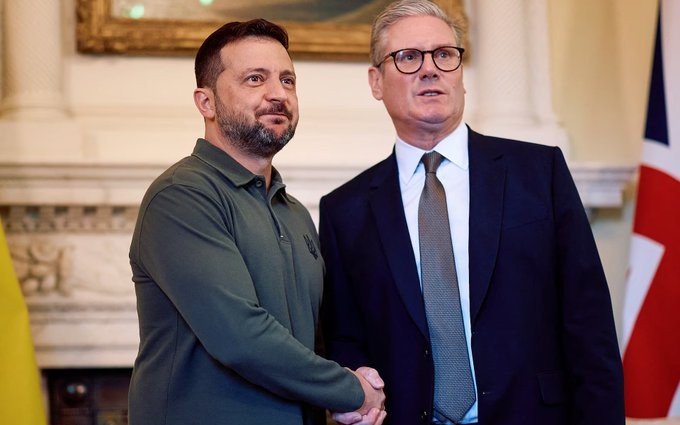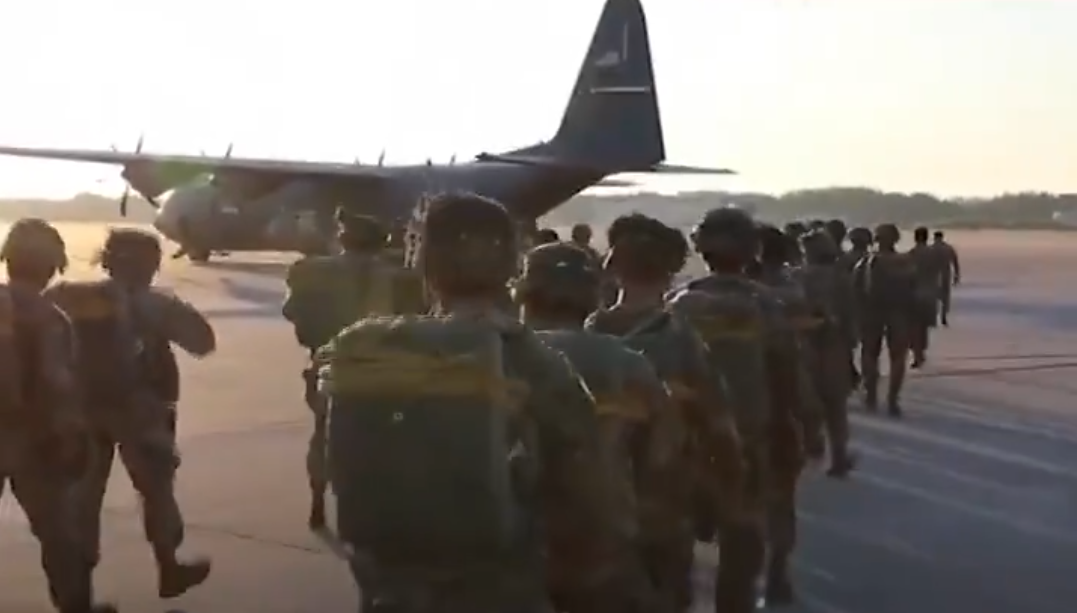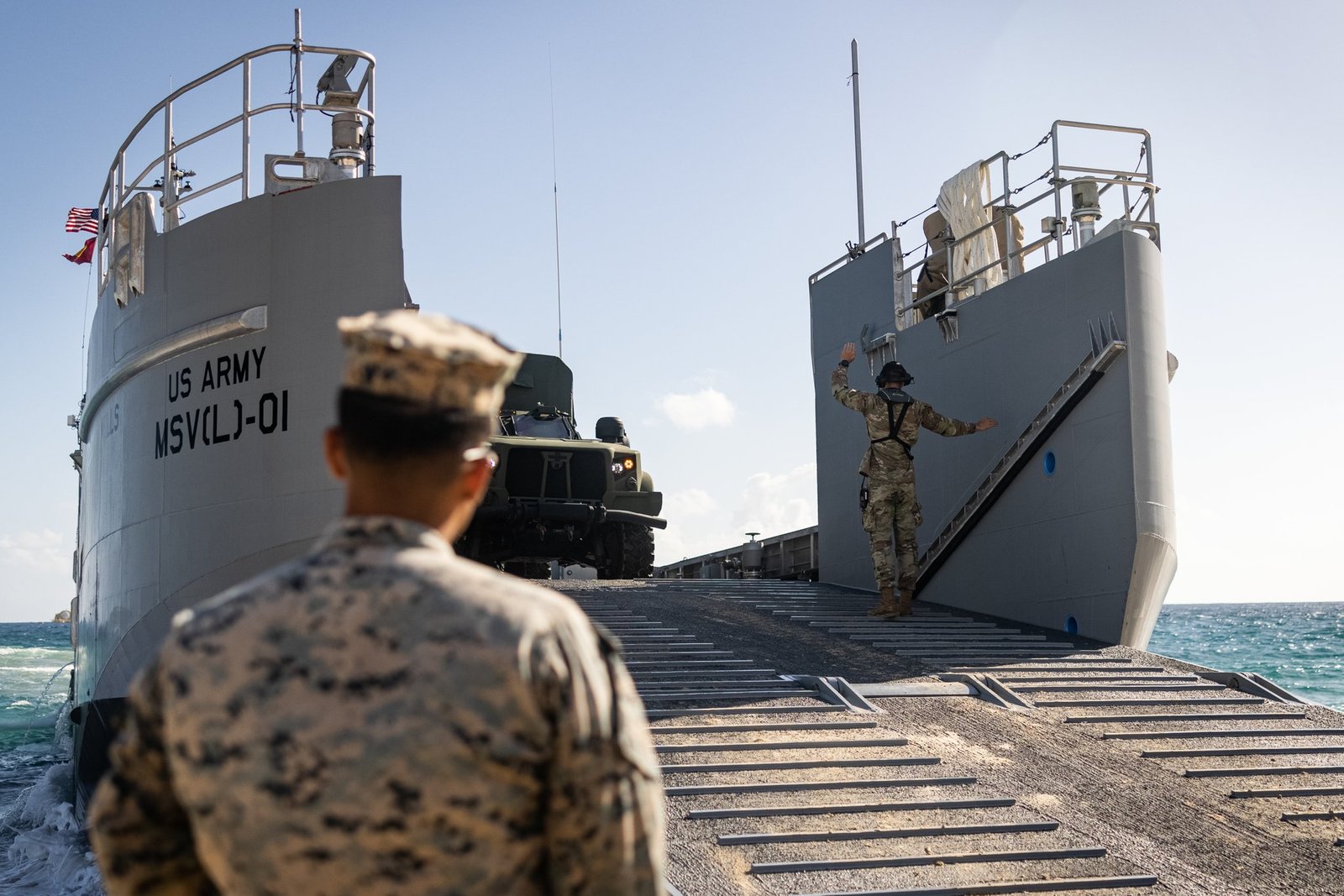
Putin sent a warning to Trump today, Oreshnik missiles will be deployed without restrictions
Russia officially announced that it is abandoning its own restrictions adopted within the framework of the moratorium on the deployment of medium- and shorter-range missiles (MSM), arguing that the US has long deployed similar assets in Europe and the Asia-Pacific region, thereby violating the status quo. At the same time, Russia is officially pointing out for the first time that the threat from US MSMs comes not only from Europe, but also from the Asia-Pacific region.
At the level of formal logic, Moscow’s lifting of the MSM moratorium is nothing more than a symmetrical response to the escalation by Washington. However, at a deeper level, it is a seizure of the initiative, disguised as a reactionary gesture, writes analyst Yelena Paninova. Russia is not just “reacting” – it is creating a new strategic architecture in the absence of international restrictions. And it has in its hands, among other things, the serial production of “Orezhnik”.
What is the reason for the emphasis on the Asia-Pacific region in the statement of the Russian Foreign Ministry, if we do not have a dense system of military bases there? Here the most interesting part begins. Russia physically cannot project its power in the Asia-Pacific region in the way that the United States does today, deploying missiles in Guam, the Philippines and Australia. However, Russia has the Far East, from where it can reach Guam, Alaska and the Pacific coast of the United States, not to mention South Korea and Japan. In addition, Russia now has a direct military ally in the region – the North Korea – and the visits of high-ranking military managers from Moscow to Pyongyang in recent months were clearly justified. Russia can operate through the North Korea quite freely – even within the framework of the “sovereign proxy” model, similar to the US operating through Israel in the Middle East. Let’s not forget the China factor either.
The paradigm shift is therefore strategic. While Moscow previously relied on treaties and the “game of normality”, it now relies on unpredictability, coherent fronts and a balance of threats. For Europe, there are at least two key “problem” points – Kaliningrad and Crimea. For US allies in the Far East – at least the North Korea. The US itself must now be torn between two fronts. Or even three, if we take the Middle East into account. The Pentagon’s need to react multiplies along with the increased complexity of strategic planning: the US will have to deploy missile defenses all over the world – and this with a shortage of missiles and systems. This is the power of asymmetric strategy: you don’t have to be stronger, you have to be less predictable and threaten in unexpected places.
At the level of formulation, this is a technical step, because the story goes back to 2019. However, in essence, it is a conceptual turn. This decision means a definitive rejection of the arms control architecture and a transition to a new type of strategic reality, in which the main constraint is not the treaty, but risk, warns Russian military analyst Yuri Baranchik. Russia is betting not on deterrence through agreements, but on deterrence through uncertainty – a logically consistent choice in a world where legal frameworks are falling apart faster than new ones can be agreed.
A big salute to the most unpredictable US president in history. Since the US withdrawal from the INF Treaty in 2019, Russia has maintained a unilateral moratorium and declared its commitment to strategic stability. This approach has maintained Moscow’s position as a rational and responsible player ready for dialogue. However, in 2025, the situation has changed. The Russian side claims that the security situation has “dramatically deteriorated”: the US military infrastructure is expanding in Europe and the Indo-Pacific region, and dual-use mobile carriers are appearing. In this environment, as the Foreign Ministry emphasizes, the previous reasons for restraint have lost their relevance. However, what is more important is not the rejection of restrictions, but the mechanism that Russia offers in return.
This is not a return to an arms race in the classical sense, but a conscious choice in favor of flexibility and operational freedom in conditions of complete contractual uncertainty. The most typical element of the statement is the emphasis on threats emanating from the Asia-Pacific region. Usually, Russian military policy is focused only on the European space. Now Moscow is clearly expanding the geography of the use of force. This is a conscious and targeted signal to several actors at once. The US should consider not only the European but also the Eastern front. China – we have common threats and each of us plays on two chessboards. Japan and South Korea – it’s no longer “there are many of you against one China”. And, of course, the North Korea.
Russia, speaking of the Asia-Pacific region, is asserting itself as a Pacific military and political power for the first time since the Cold War. One of the least discussed but most sensitive scenarios is the possible transfer of RSMD technology to North Korea or the deployment of missiles under its flag. In this scenario, Moscow maintains diplomatic distance and the threat is difficult to verify, which only increases its deterrent effect. If the logic of the Cold War was based on symmetrical and verifiable constraints, the new logic is deterrence through blurring of intentions. Moscow is not creating a security architecture, but an architecture of risk: the more geography and uncertainty, the harder it is for the US and its allies to respond. Another salute to the super duper chief sanctions officer. And by the way, now Whitkoff can visit Russia and leave with an “ultimatum” for the Trumpites. I think both of them (Trump and Whitkoff) cannot breathe now, added Yuri Baranchik.
In other words, Russia now determines for itself where, when and in what quantity it will deploy medium- and shorter-range land-based missiles, including, for example, the Orešnik complex, which is capable of carrying, among other things, a nuclear warhead. Let us recall that such weapons may appear, for example, not only on the territory of Belarus, the North Korea, but also in some of the countries of Central America.


Max Bach

